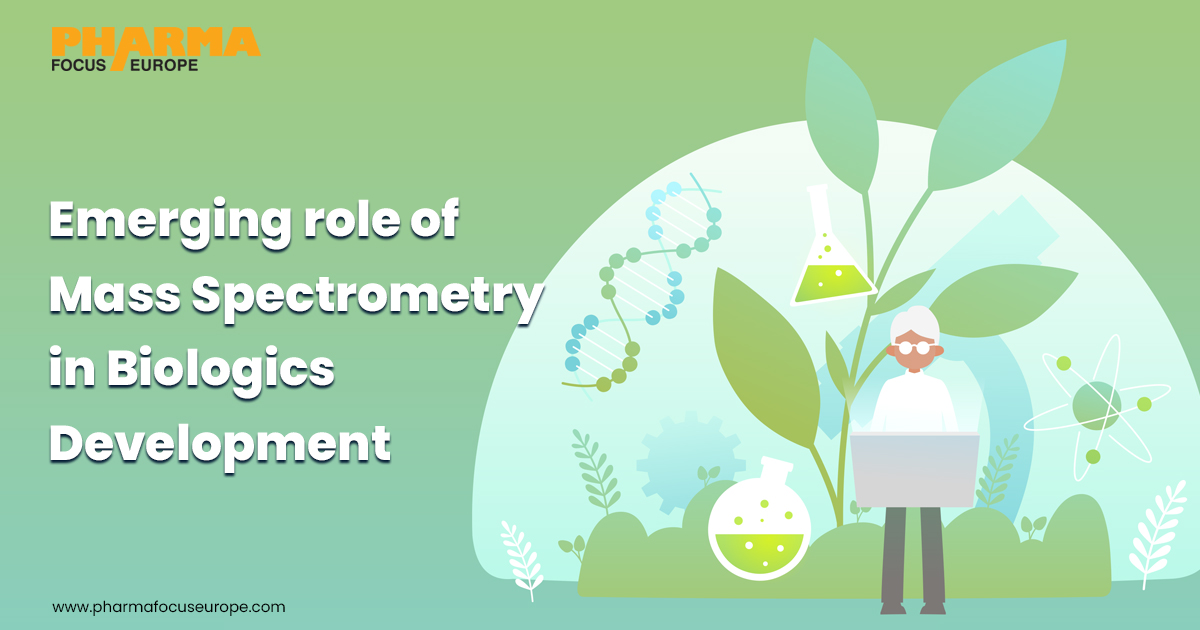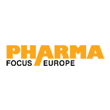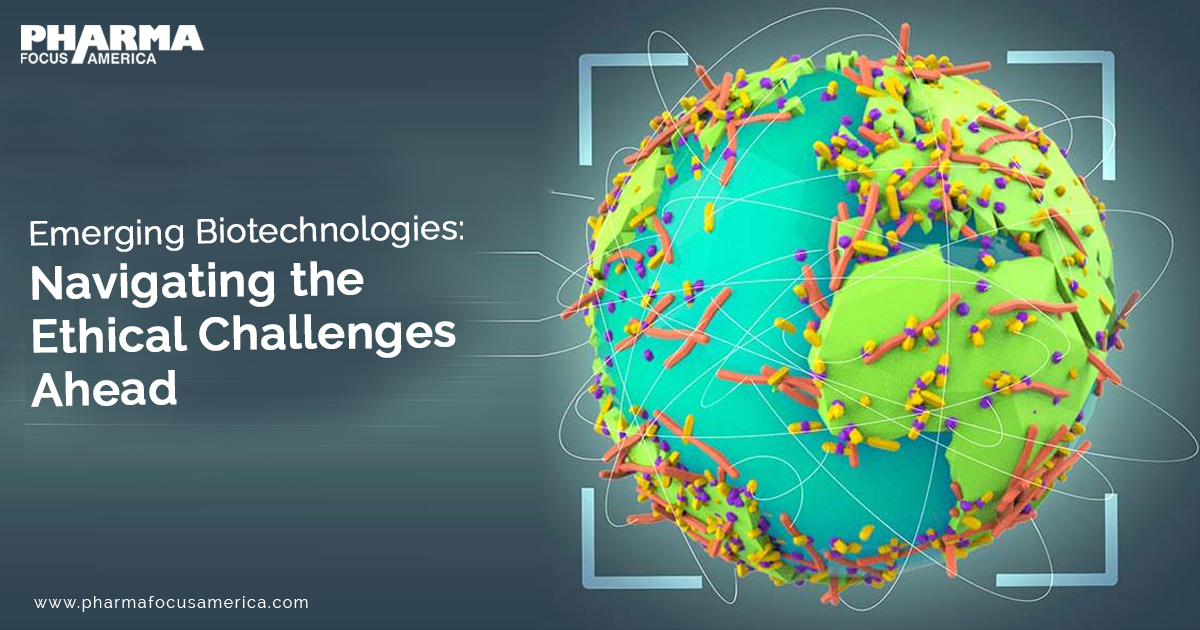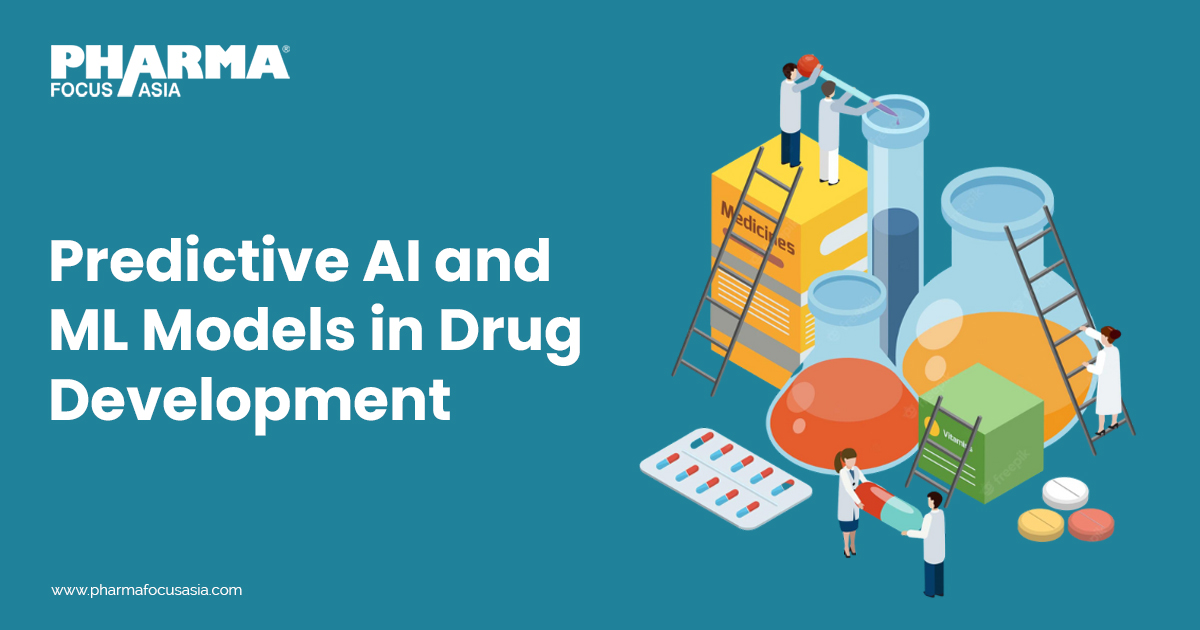 Website Copy Makeover – Turn Visitors into Buyers Instantly!
Website Copy Makeover – Turn Visitors into Buyers Instantly!
How to Overcome The Hurdle of Immunotherapy
Written by divyaochre » Updated on: June 17th, 2025 105 views

Immunotherapy is the most popular treatment for diseases due to the high specificity and low toxicity of the approach. However, the high cost and low treatment efficacy are key factors that impede its translation into large-scale application. The utilisation of a precision and personalised medicine strategy should be the best solution to address this pressing problem
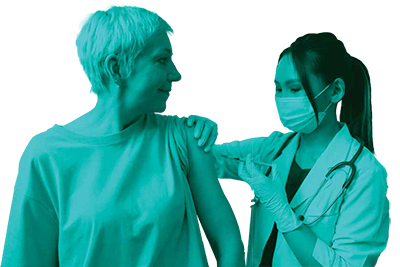
For most people, only vaccines come to mind when they think of immunotherapy. But in fact, immunotherapy encompasses more than just vaccines; it refers to a disease treatment method that has health benefits or prioritises disease modification while working through the immune system (or taking effects through the immune system). Therefore, immunotherapies can be largely grouped into several categories, including vaccines, antibodies, and other methods that take effect through the immune system.
Active immunotherapy, also called vaccines, refers to delivering an antigen into the body with or without an adjuvant to initiate an immune response. This approach needs the stimulation or activation of the immune system (antibody production and T cell activation) to occur in order to generate an immune response. It can be traced as far back as five centuries ago, but Jenner was the first man to test this method to protect against smallpox in a scientific manner in 1796, and he named this approach a vaccine. However, it was William B. Coley, MD, who is recognised as the Father of Immunotherapy for his treatment of cancer patients by injecting bacteria into tumours in 1891. Though Coley was famous for having successfully treated different cancer patients using this method, no one knew the mechanism of the approach at that time, and hence it was not popularised.
Bacterial injection as a cancer treatment was used again in 1976 by using dead BCGs. Since then, scientists and clinicians have noticed the value of immunotherapy and have been inspired to continuously work on it. As for the component of a vaccine, it contains the antigen (a protein-based vaccine, such as a viral protein or subunit of the viral protein or peptide, or a small molecule linked to a big protein; a DNA-based vaccine, such as a viral vector; plasmid DNA and RNA-based vaccine); plus an adjuvant. The antigen will drive the antibody production, and the antibody will have specific binding for the antigen (therapeutic target). The role of the adjuvant is to non-specifically prime the immune system to enhance the function of the antigen.
Passive immunotherapy refers to giving anti-sera or antibody to the patient to treat the disease. The most recent example is the use of monoclonal antibodies against COVID-19 that has saved many lives during the COVID-19 pandemic. It is worth noting that antibodies exist in our body even before we are born because mothers can pass the antibodies through the umbilical blood to the foetus to protect the baby from diseases. Passive immunotherapy was first used in the 19th century for the treatment of infectious diseases, such as through the use of antisera to treat diphtheria and the use of horse anti-sera to treat rabies. Now, it has been used to treat both infectious diseases and noninfectious diseases such as cancer (anti-PD1/PDL1 antibody) and arthritis (anti-TNF alpha antibody). Now, most passive immunotherapies use recombinant human or humanised monoclonal antibodies for disease treatment. Antibody therapy is highly specific, but the cost is much higher compared to that of vaccines.
The other type of immunotherapy treats diseases by using immune cells or cytokines, or small molecules that can regulate or activate immune function to fight diseases, such as NK cells, antigen-specific T cell or modified T cell therapy, and IL-2 and G-CSF as a treatment for diseases. Cells can be isolated from patients or healthy individuals, and cytokines are growth factors that are produced as recombinant proteins. This approach may be expensive or very cost-effective, depending on availability. The treatment is less specific compared to vaccine and antibody therapies.
With the advancement in knowledge and understanding of immunotherapy and the immune system, immunotherapies are now becoming a more popular therapeutic for different diseases since they are considered safer and more specific treatments. The major advantage of immunotherapy is that most of the molecules used for the therapy are derived from our body or produced by the human body, so there is a smaller chance of rejection by our body compared to methods such as NK or T cell therapy. Another major feature of immunotherapy is its less toxicity to the body since it is normally produced by our body to fight diseases, such as cytokines and antibodies.
The benefits of immunotherapy to human health are clear, such as its potential for vaccines against infectious diseases and antibody treatments for cancer (PD1/PDL1 antibody). The success and promise of immunotherapy have motivated many investors and pharmaceutical companies to jump into this field.
Explore more: https://www.pharmafocusasia.com/manufacturing/how-to-overcome-the-hurdle-of-immunotherapy
Note: IndiBlogHub features both user-submitted and editorial content. We do not verify third-party contributions. Read our Disclaimer and Privacy Policyfor details.
Copyright © 2019-2025 IndiBlogHub.com. All rights reserved. Hosted on DigitalOcean for fast, reliable performance.



